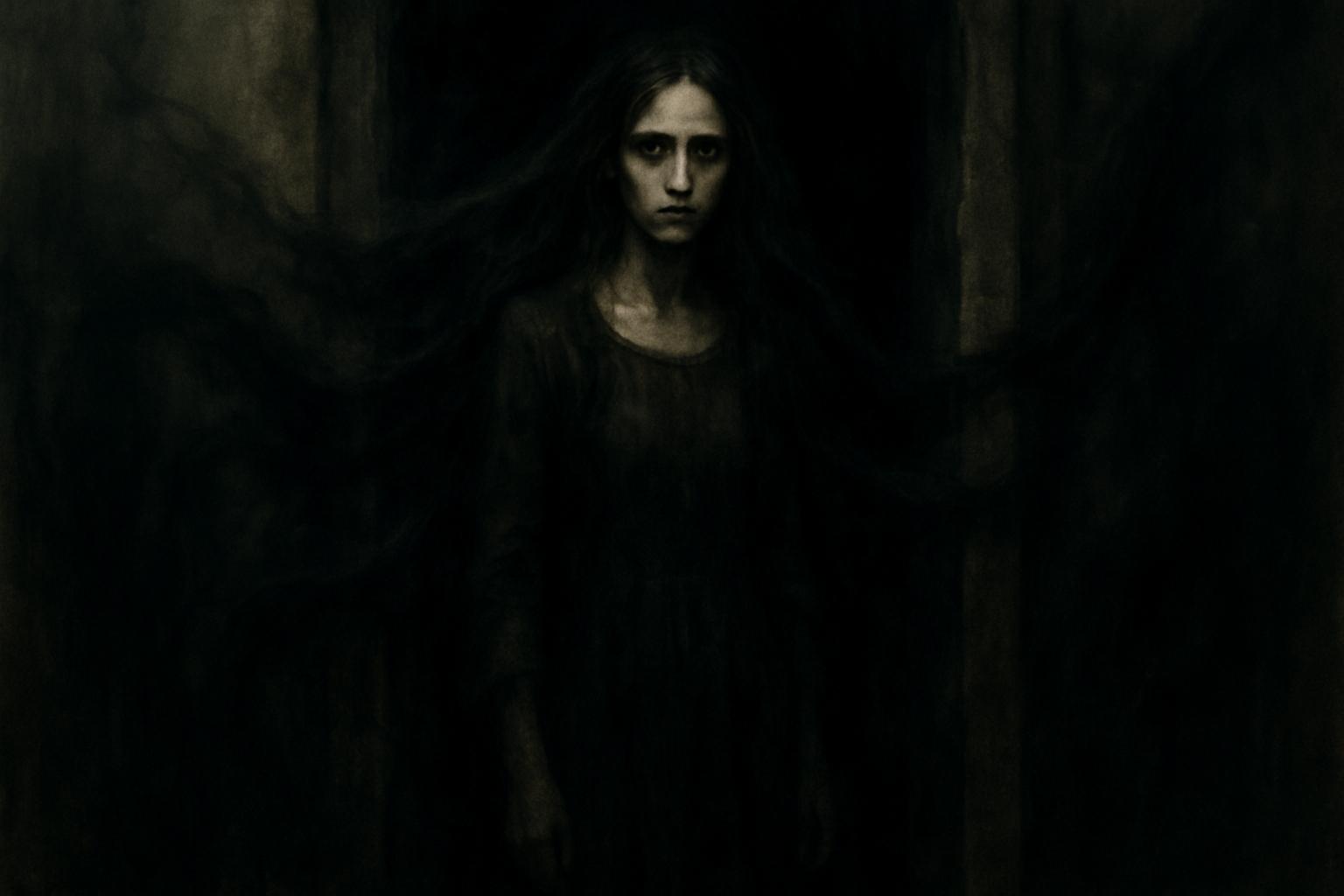Morgan Lloyd Malcolm’s feminist adaptation of Bram Stoker’s Dracula has premiered at the Lyric Hammersmith, offering a fresh interpretation of the classic 1897 tale through a contemporary, gender-conscious lens. The production, directed by Emma Baggott and featuring a cast of six, takes a meta-theatrical approach, framing the narrative as a staged re-enactment by the original characters. This device highlights themes of trauma and memory, positioning Mina Harker’s perspective—previously marginalised in Stoker’s novel—at the forefront. Using a blend of audio effects and stylised lighting predominantly in blood-red hues, the production leans heavily into symbolic representation rather than straightforward horror, aiming to dissect the story's enduring cultural implications.
Central to the play is Mina, portrayed by Umi Myers, whose commanding presence carries much of the show. Myers navigates the challenge of being both narrator and participant, though critics note that her performance is occasionally constrained by the script’s frequent exposition. Mei Mac appears as Lucy, whose role, while compelling, is underutilised, leaving audiences wanting more depth in her characterisation. The ensemble also includes Jack Myers, Phoebe Naughton, Macy Seelochan, and B Terry, contributing to the layered telling of the narrative. The casting underscores the production’s emphasis on female experiences and perspectives amid a Victorian patriarchy that historically suppressed them.
The play’s narrative structure disrupts linear storytelling with interruptions and mini-essays that serve almost as academic footnotes, dissecting the text and its underlying social commentary. While this provides intellectual engagement, it also unintentionally diminishes the atmospheric tension traditionally associated with Dracula. The use of minimal props—such as wheeled set pieces doubling as various objects—and a stark, often clinical production design by Grace Smart coupled with Joshie Harriette’s lighting choices creates an eerie yet abstract environment. However, the atmosphere occasionally takes a backseat to analysis, which some reviews hail as too didactic or overly self-conscious, detracting from the suspense and horror expected in vampire theatre.
The feminist reframing extends to the script, which addresses issues like toxic masculinity and women’s bodily autonomy, drawing clear lines from Victorian repression to contemporary gender politics. For instance, Mina’s role as an assistant schoolmistress is portrayed in contrast with the domestic imagery imposed by her fiancé, Jonathan, reflecting the rigid gender roles imposed on women. The production questions who the true monsters are in modern society, complicating the figure of Dracula with greater nuance about power and control.
Despite the production’s ambition and thoughtful thematic explorations, it has met with mixed responses regarding its emotional and dramatic impact. Some critics find that moments of genuine fright and gripping tension, reminiscent of more intense vampire psychodramas, surface sporadically but mainly near the conclusion, aided by intriguing illusions crafted by John Bulleid and Gareth Kalyan. Yet overall, the show’s stop-start pacing and focus on meta-commentary render it sporadically engaging rather than consistently thrilling.
Running from September 11 to October 11, 2025, at the Lyric Hammersmith, this Dracula ultimately offers a cerebral retelling of the gothic myth infused with contemporary feminist critique. While it may not satisfy all expectations for horror, it is a thought-provoking theatrical experience that foregrounds female voices and confronts the patriarchal underpinnings of its source material.
📌 Reference Map:
- Paragraph 1 – [1], [4], [6], [7]
- Paragraph 2 – [1], [2], [3]
- Paragraph 3 – [1], [2], [3]
- Paragraph 4 – [1], [3], [5]
- Paragraph 5 – [1], [3]
- Paragraph 6 – [1], [6], [7]
Source: Noah Wire Services
